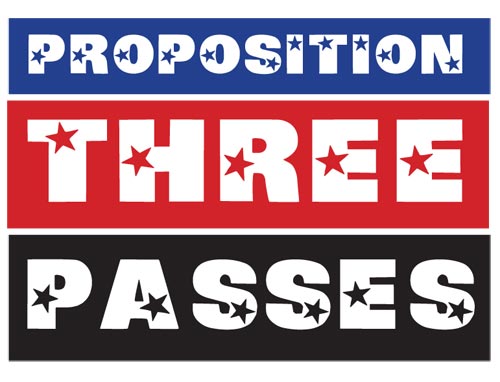Amendment approval helps Texas Coordinationg Board meet student loan demand
Daniel Agee
The Signal
On Nov. 8, 2011, Texas voters approved the passage of Proposition 3, which appeared on the ballot as a constitutional amendment.
Proposition 3 reauthorizes the Texas Higher Education Coordinating Board to issue and sell general obligation bonds on a continuing basis for the purpose of financing education loans for students.
The Texas Higher Education Coordinating Board has been providing low cost and low interest loans to help students pay for college since 1965. The Hinson-Hazelwood College Student loan program offers help to students who cannot obtain the funds to pay for college through other sources.
In 2007, Texas voters authorized $500 million in bonds to be used for student loans. Of the $500 million, approximately $275 million remain unissued and is expected to be exhausted by 2013. Without the passage of Proposition 3, once the $500 million is committed, the Hinson-Hazelwood student loan program would not be able to offer any more student loans without additional authorization.
 Proposition 3 proposed an “evergreen clause.” This will allow the program to issue bonds without having to go back and ask for authorization as long as the amount of loans that are outstanding does not exceed the amount previously approved by the voters, which is $1.86 billion.
Proposition 3 proposed an “evergreen clause.” This will allow the program to issue bonds without having to go back and ask for authorization as long as the amount of loans that are outstanding does not exceed the amount previously approved by the voters, which is $1.86 billion.
“What this means for the program is that we are going to be able to respond more proactively to the student demands in terms of need for students loans,” said Dominic Chavez, director of external relations for THECB. “It’s a net benefit for students that we will now have sufficient capacity to serve as many students as needed for student loans.”
Although Proposition 3 did meet with opposition, it passed with a vote of 689,158 to 362,223. The opposing side of Proposition 3 argued that the state should not contribute more money into financial aid because state revenue is not coming in at the rate that it once was. They believe that with the current recession, the government should not be able to keep subsidizing the system for higher education; students seeking financial aid and college loans should lean more toward the free market and obtain funds for school through traditional routes like banks or agencies.
“Our organization was opposed to Proposition 3 because much like proposition 2, which wasn’t mentioned in ballot language, but the way that these bonds are set up gives the Texas Higher Education Coordination Board the authority not to go back to the tax payers and ask whether the bonds should be reinstituted after they have been paid out,” said Andrew Kerr, executive director of Texans for Fiscal Responsibility (Empowered Texans.) “Basically, it puts the tax player in perpotianial debt.”
However, Chavez points out that the program has never relied on tax dollars to support the repayment of bonds of the money borrowed. Chavez, emphasized that the tax payers are not on the hook for the operation of the program and since tuitions and fees have increased steadily over the years, and look as if they will continue to rise, these trend will put a squeeze on financial aid programs in terms of grant, at both the state and federal level.
“The access to low cost and low interest loans that we offer from the state of Texas, that Proposition 3 will support, will allow us to fill that gap in terms of at least to continue making higher education affordable for students, and in the terms of the state of Texas by basically extending the longest financial aid program in state history, for many more years,” Chavez said.
Billy Satterfield, executive director of financial aid for UHCL, explains what Proposition 3 means for the students of UHCL.
“Proposition 3 is basically increasing money through the Texas Higher Education to loan out additional money under the college access loan,” Satterfield said. “Students will have more availability of funds. Basically they divvy it out. It will help some of our students who cannot finance their education through Stanford loans, the federal loan program. Unfortunately, for us, our cost of education is relatively low compared to other universities in Texas. I think there will be a need, just not as big of a need as though students who attend UH main campus.”


